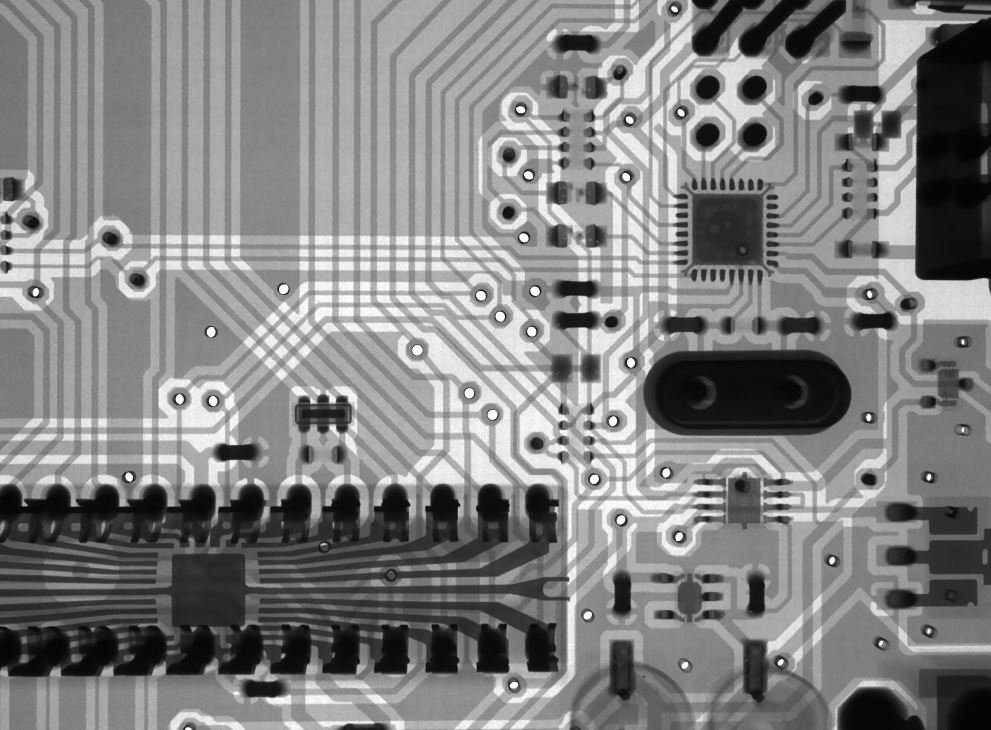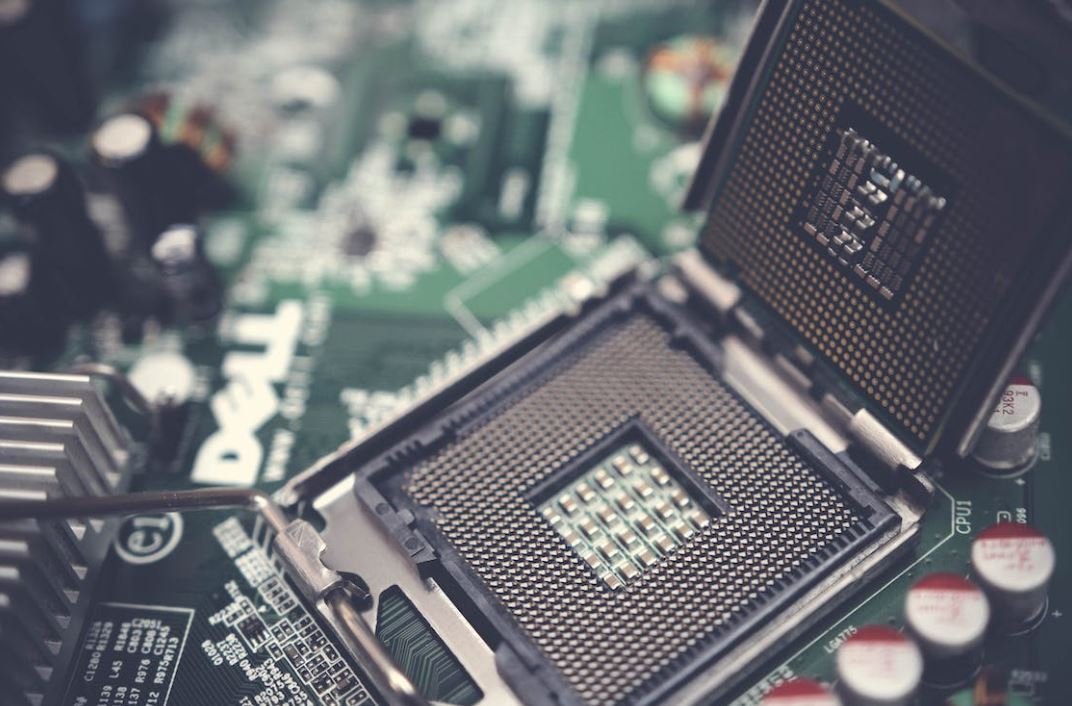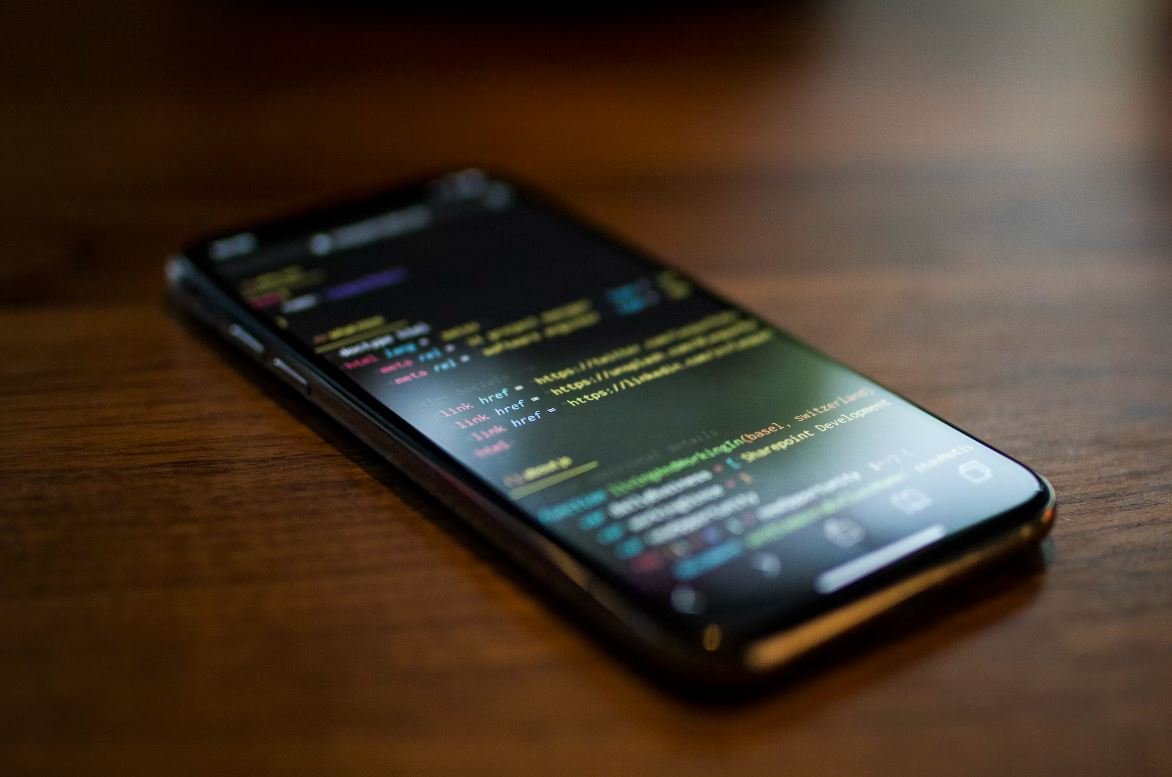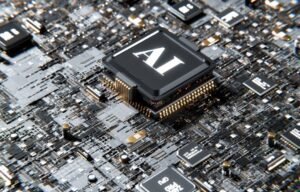What Is Deepfake Software
Deepfake software is a type of artificial intelligence technology that is used to create manipulated media, such as videos or images, where a person’s likeness is replaced with someone else’s.
Deepfake technology has become increasingly popular in recent years, raising concerns about the potential for misuse and the impact it may have on various industries and society as a whole.
Key Takeaways
- Deepfake software uses artificial intelligence to create highly realistic manipulated media.
- It involves replacing a person’s face or voice with someone else’s, often leading to convincing and deceptive results.
- Deepfake technology raises ethical and legal concerns due to its potential for misuse.
- It can be used for a range of purposes, including entertainment, political manipulation, and corporate fraud.
- Efforts are being made to develop countermeasures and detection tools to combat the spread of deepfakes.
Understanding Deepfake Software
Deepfake software utilizes **machine learning** algorithms and techniques to analyze and manipulate visual and auditory data. By training the software on large datasets of images and videos, it can learn to **synthesize** realistic content that mimics a particular individual’s appearance and behavior.
*Interestingly, deepfake technology has advanced to the point where it can even **fabricate** convincing facial expressions and movements that were never originally captured.*
Deepfake algorithms primarily rely on **generative adversarial networks** (GANs), which consist of two neural networks: a **generator** and a **discriminator**. The generator creates the fake content, while the discriminator’s role is to detect whether the content is real or fake. Together, they engage in a feedback loop, continuously improving the quality and believability of the generated deepfakes.
The Dangers of Deepfake Software
Deepfake software poses several significant dangers and challenges:
- **Misinformation**: Deepfakes can be used to spread false information, potentially leading to social unrest and distrust.
- **Blackmail**: Criminals can use deepfakes to create compromising fake videos or images to extort money or damage someone’s reputation.
- **Election Manipulation**: Deepfakes can be employed to manipulate public opinion and influence the outcome of elections.
*The increasing accessibility of deepfake software raises concerns that it may be utilized by individuals with malicious intent to deceive and harm others.*
Efforts to Detect and Combat Deepfakes
| Methods | Advantages | Limitations |
|---|---|---|
| **Digital Forensics** | Can analyze inconsistencies in digital artifacts to identify deepfakes. | Requires expertise in forensic analysis and may not work on highly realistic deepfakes. |
| **Face Liveness Detection** | Can determine if the face in a video is a live person or a manipulated deepfake. | May not be effective against advanced deepfakes that account for liveness detection methods. |
| **Blockchain Technology** | Can provide a tamper-proof record of media content origins, helping to verify authenticity. | Not suitable for real-time detection and may not prevent the creation of deceptive deepfakes. |
Efforts are underway to develop advanced detection methods and countermeasures to combat the spread of deepfake technology. These initiatives involve collaborations between researchers, technology companies, and policymakers, aiming to stay ahead of deepfake advancements.
The Future of Deepfake Software
- Deepfake technology is expected to become increasingly sophisticated, making it more difficult to detect.
- New legislation and policies may be required to regulate the use of deepfakes and address the various ethical concerns surrounding them.
- Continued research and development in AI and machine learning may enable the creation of more effective deepfake detection tools.
*The evolution of deepfake software will likely present both challenges and opportunities in various fields, requiring ongoing effort to combat its potential negative impacts.*

Common Misconceptions
Misconception 1: Deepfake software can only be used for harmful purposes
One common misconception surrounding deepfake software is that it is solely used for malicious activities, such as spreading false information or creating fake celebrity pornographic videos. However, this is not entirely true. While there have been instances of these harmful uses, deepfake technology can also be employed for positive applications, such as entertainment, creative storytelling, and enhancing special effects in the film industry.
- Deepfake technology can enhance movie productions by bringing characters back to life.
- It can be used for creating engaging and interactive virtual reality experiences.
- Deepfake software can aid in historical preservation by recreating historical figures’ speeches and interviews.
Misconception 2: Deepfake software is flawless and undetectable
There is a prevailing notion that deepfake videos cannot be detected and are nearly indistinguishable from real footage. While deepfake technology has become increasingly sophisticated, it is not perfect, and there are ways to identify manipulated content. Professionals in the field are continuously developing algorithms and forensic techniques to detect deepfakes. It is essential to remain vigilant and rely on other factors, such as fact-checking and multiple sources, to verify the authenticity of content.
- Machine learning algorithms are being developed to detect common patterns found in deepfakes.
- Increased public awareness helps in recognizing telltale signs of a deepfake video.
- Collaboration between technology companies and researchers aims to enhance detection methods over time.
Misconception 3: Only experts can create deepfake content
Contrary to popular belief, deepfake software is not exclusively limited to experts or highly skilled individuals. While there are advanced tools available that require technical knowledge, there are also user-friendly applications accessible to the general public. These user-friendly applications facilitate the creation of simple and less sophisticated deepfakes. This accessibility raises concerns about potential misuse by users with ill intentions.
- User-friendly deepfake software simplifies the process, enabling non-experts to create manipulated content.
- The availability of tutorials and guides on deepfake creation allows more people to engage in the practice.
- Increased awareness about the accessibility of deepfake software highlights the need for responsible usage.

Introduction
Deepfake software refers to a technology that uses artificial intelligence (AI) to create or manipulate videos, images, or audio recordings to make them appear authentic but are actually fabricated. It has gained significant attention in recent years due to its potential to create convincing fake content. In this article, we present ten tables showcasing various aspects of deepfake software, highlighting its impact, usage, and associated challenges.
Table 1: Top Deepfake Apps
Table showcasing the most popular deepfake applications available:
| Application | Downloads (Millions) |
|---|---|
| FaceApp | 150+ |
| Zao | 100+ |
| DeepArt | 60+ |
Table 2: Deepfake Detection Tools
Table displaying the leading tools used to detect deepfake content:
| Tool | Accuracy (%) |
|---|---|
| DeepTRACE | 95 |
| DeepDetect | 92 |
| FakeSpotter | 85 |
Table 3: Deepfake Impacts
Table enumerating the influential effects and consequences of deepfake software:
| Impact | Explanation |
|---|---|
| Political Manipulation | Facilitates spreading of fake news or statements. |
| Identity Theft | Allows impersonation for malicious purposes. |
| Reputation Damage | Potential harm to individuals or organizations. |
Table 4: Deepfake Regulations
Table summarizing the regulatory efforts targeting deepfake software:
| Region | Regulation Status |
|---|---|
| United States | Proposed legislation |
| European Union | Draft regulations under review |
| Australia | Pilot projects for regulation |
Table 5: Deepfake Popularity
Table depicting the growing interest in deepfake-related searches:
| Year | Search Volume (Millions) |
|---|---|
| 2015 | 2 |
| 2017 | 14 |
| 2019 | 50 |
Table 6: Deepfake App Usage
Table illustrating the purposes for which deepfake apps are predominantly used:
| Purpose | Percentage of Users |
|---|---|
| Entertainment | 40 |
| Face Swap | 30 |
| Meme Creation | 20 |
Table 7: Deepfake Training Data
Table showing the sources of data used to train deepfake models:
| Data Source | Percentage of Use |
|---|---|
| Public Datasets | 50 |
| Private Datasets | 35 |
| User Contributions | 15 |
Table 8: Deepfake Challenges
Table highlighting the main challenges faced in combating deepfake technology:
| Challenge | Description |
|---|---|
| Advancing AI | Rapid improvements in AI make detection harder. |
| User Accessibility | Easy access to deepfake tools for anyone. |
| Legal Complexity | Legislative difficulties in enforcing regulations. |
Table 9: Deepfake Use Cases
Table presenting the diverse applications of deepfake technology:
| Use Case | Explanation |
|---|---|
| Movie Industry | Enhancing special effects and character creation. |
| Education | Immersive historical recreations for learning. |
| Virtual Influencers | Creation of digital personalities on social media. |
Table 10: Deepfake Awareness
Table demonstrating the level of awareness among the general population regarding deepfake technology:
| Survey | Awareness Percentage |
|---|---|
| Survey 1 | 35 |
| Survey 2 | 62 |
| Survey 3 | 80 |
Conclusion
Deepfake software has emerged as a powerful technological advancement that presents both opportunities and risks. From its impact on politics and identity theft to its influence on the entertainment industry and education, deepfake’s capabilities continue to expand. However, its malicious potential, coupled with the challenges faced in regulation and detection, necessitate ongoing research and development of countermeasures. To navigate this evolving landscape successfully, public awareness, robust detection tools, and responsible use of deepfake technology are crucial. Together, these efforts can help mitigate the negative consequences and allow us to harness the positive aspects of this transformative technology.
What Is Deepfake Software – Frequently Asked Questions
FAQs
What is deepfake software?
How does deepfake software work?
What are the potential uses of deepfake software?
How can I identify if a video has been manipulated using deepfake software?
Are there any laws or regulations regarding the use of deepfake software?
Can deepfake software be used for positive purposes?
How can I protect myself from becoming a victim of deepfake technology?
Is there any software available to help detect deepfake videos?
How can society address the challenges posed by deepfake software?
Will deepfake technology continue to evolve?




